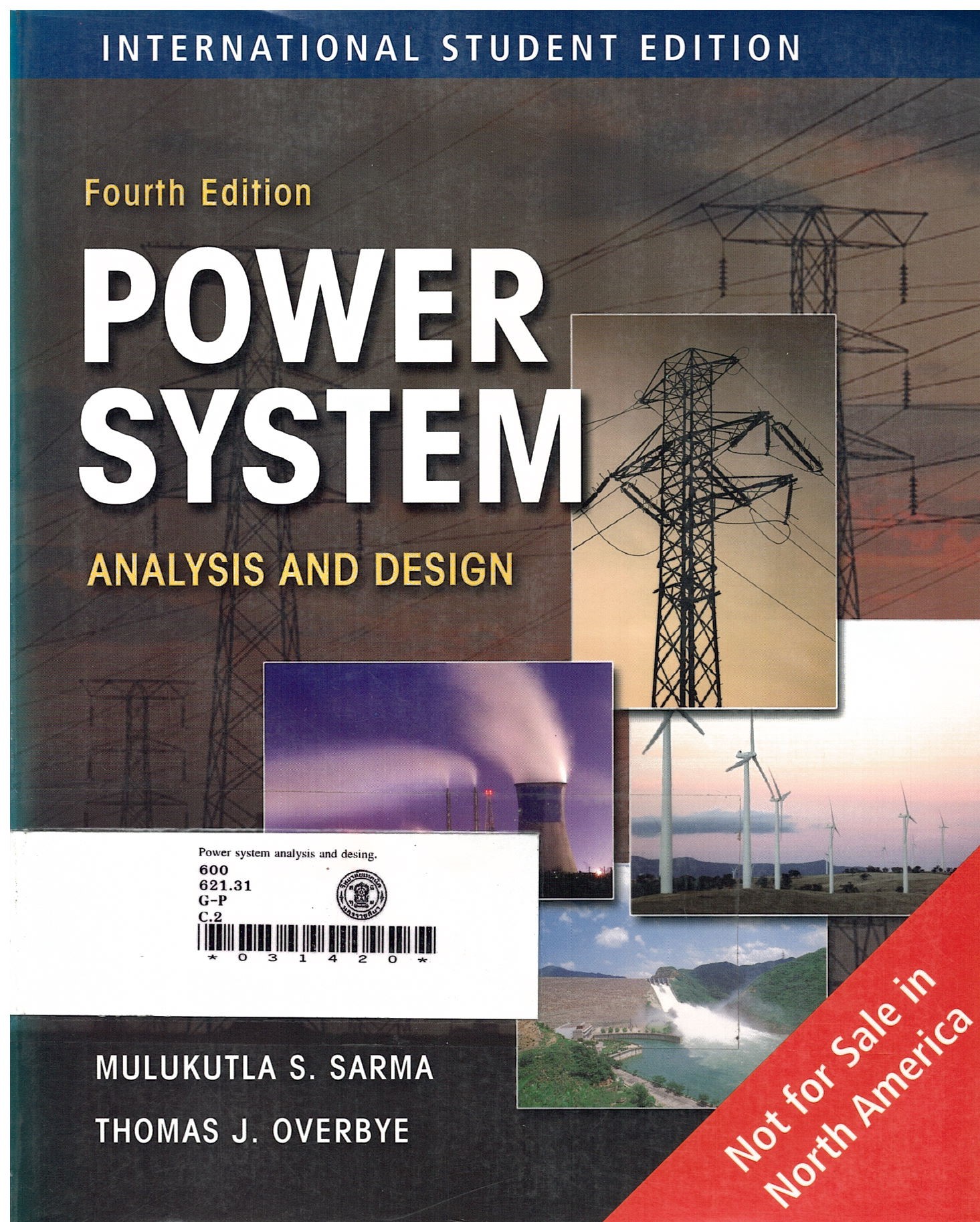ข้อมูลทรัพยากร

Power system analysis and design.
ประเภททรัพยากร : หนังสือเล่ม
ชั้นเก็บ : ตู้ 9 ชั้น 1 ฝั่งซ้าย
หมวด : 600
เลขหมู่หนังสือ : 621.31
สำนักพิมพ์ : Cengage Learing.
ผู้แต่ง : Glover, J.duncan.
ยอดคงเหลือ : 2
เนื้อหาย่อ : Our business at EPRI is research-several
hundreds of millions of dollars worth
annually, all of it dealing with electricity.
By its nature, the work we sponsor is sophis-
ticated and specialized. It is sliced into thin
technical bands so that experts can conve-
niently apply their research talents to it. As
portions of research programs are completed,
results are circulated within the technical
world through equally specialized com-
munications channels.
Information provided in research reports
typically produced by EPRI is of little use to
the layman simply because of the technical
language with which the researchers com-
municate.
To further complicate the problem in
translating this information for use by the
general public, the technical information
exists in pieces when the whole is what
counts. And although this applies to all areas
of scientific and technical inquiry, today it is
particularly true for energy technology. Of
all the national and global issues that de-
mand thoughtful public attention, none
outranks energy.
With the publication of this book, the
Electric Power Research Institute, on behalf
of the electric utility industry, takes an im-
portant step toward public education in
matters of electric energy technology. This
book supplements other communications
activities of the Institute that include a
monthly magazine, media relations, films,
audiovisual material, and a variety of special
publications.
Both the need and the justification for the
project grew out of the realization that
EPRI, with the largest energy R&D program
in the country next to the U.S. Department
of Energy, has acquired massive amounts of
information that have public value. To
cloister all of this information within
volumes of technical reports is to waste a
resource of great potential public benefit.
Electricity is the fastest growing energy
form in the United States. Today, about
one-third of our energy is converted to elec-
tricity before it is used. Looking ahead to
the turn of the century, as much as half of
our total energy will be produced in the
power plants of the nation's electric utilities.
That will not necessarily come about by
choice. The need will, in large part, be
forced on us by diminishing fossil fuel
resources and world politics. Whether this
momentum toward electricity will be sus-
tained at a rational and adequate pace is an
issue that demands full and immediate atten-
tion. And the technology of producing and
delivering electricity cannot be separated
from a discussion of how we get from today's
forecasts to tomorrow's realities.
For as we try to make clear in the follow-
ing pages, the old ways of producing elec-
tricity either will not be good enough in the
future or will not be available to us. En-
vironmental goals, depleted domestic
resources, and national security considera-
tions are combining to create radically new
technological ground rules for electric power
producers.
As much as anything, then, this book pro-
vides a backdrop for public understanding of
the issues as a prelude to development of
new policies and initiatives. It tracks the
relatively new role of electricity in our
energy history, discusses old and new ways
to produce it and related environmental
issues, and closes with an agenda of
technology-related issues that await deci-
sions. Our purpose is served if Electricity:
Today's Technologies, Tomorrow's Alter-
natives stimulates a measure of technical
awareness and curiosity so that these deci-
sions reflect the aspirations of an enlightened
public.